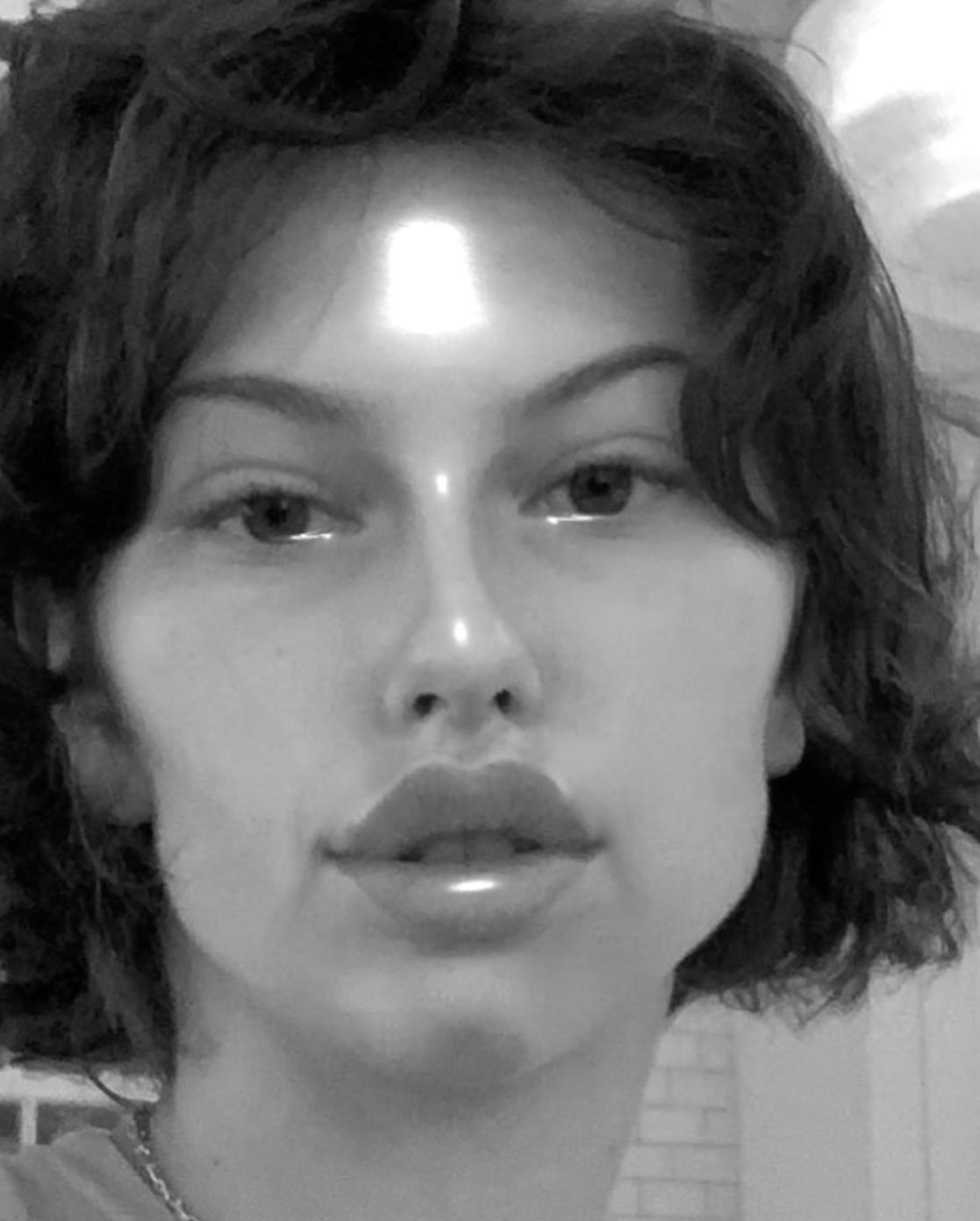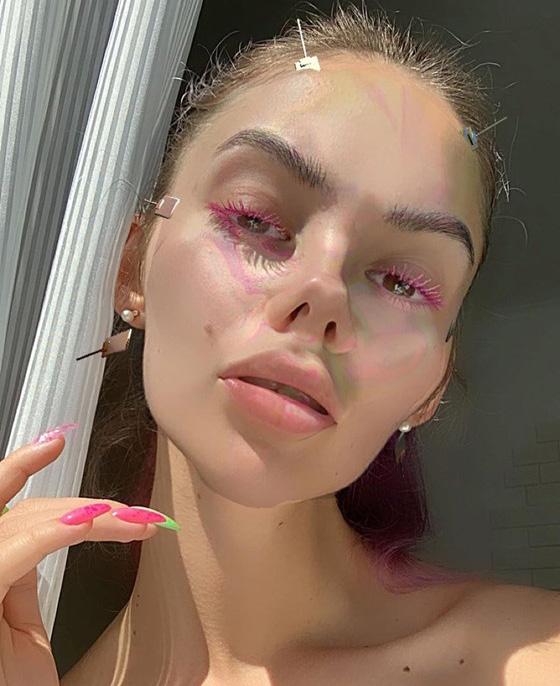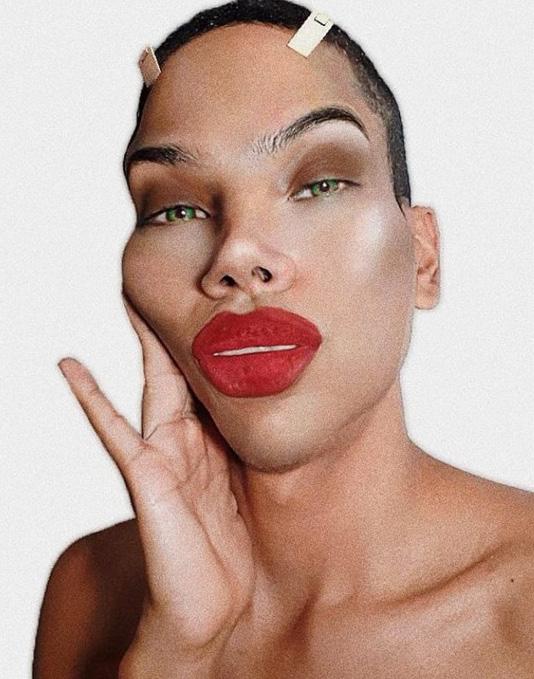
2 minute read
Snapchat Dysmorphia


Advertisement

Left to right: Figure 1. King Princess (2019) ‘let’s talk about skin care”. Figure 2. Fogolari, T. (2019) Plastica. Figure 3. Graph_life (2019) Plastica. Figure 4. Sagat, F. (2019) Plastica.
THEORETICAL CONTEXT
Snapchat Dysmophia
Understanding the negative social implications of face altering AR filters that has caused the ‘Snapchat Dysmorphia’ phenomenon
“Body dysmorphic disorder (BDD) is an excessive preoccupation with a perceived flaw in appearance, often characterized by people going to great, and at times unhealthy, lengths to hide their imperfections.” (Boston Medical Center,2018). With the common use of face altering social media filters a new phenomenon has emerged, penned by the Boston Medical Center as ‘Snapchat Dysmorphia’. Although the origins of Snapchat’s filters were fun and playful, they have become more beauty focused with the majority of filters altering facial features to look more aesthetically pleasing. Phones have become the new mirror, as Jowett states that “we’ve become so used to seeing airbrushed, edited versions of our reflection” (2017). This creates a dysmorphia where people are so used to seeing a perfected version of themselves that they don’t like how they look without editing. This particularly effects teenagers and young adults, where their online appearance is important part their lives. In some cases this can lead to people seeking out surgery to look more like their edited self. This lead to a surge in Instagram filters created purposefully to replicate plastic surgery. Instagram has now banned all effects associated with plastic surgery however these filters still remain prominent on Snapchat. In addition to filters there are now applications that be used to alter photos to be posted on social media. The most popular is Facetune, which allows a user to finetune and edit every part of their appearance from the size of their nose to the smoothness of their skin. The app has been used controversially by influencers and celebrities. The common useage of face altering apps and filters has curated a social media feed of unattainable perfection. Extreme face altering filters have been created to comment on the popularity face perfecting filters on social media. Teresa Fogolari’s filter ‘Plastica’ (figure) was created to be an over the top representation of plastic surgery to poke fun at the over use of face altering filters. ‘Snapchat dysmorphia’ shows how damaging AR filters can be if they are created irresponsibly. Creators of AR filters have a social responsibility to create filters that don’t edit appearance in a way that could induce a dysmorphia in users.








